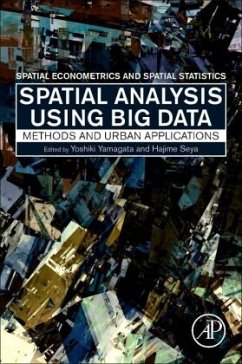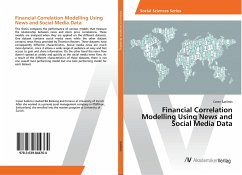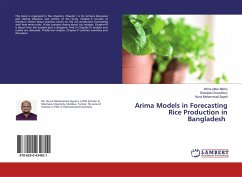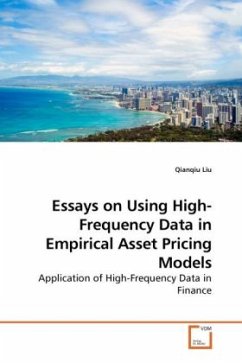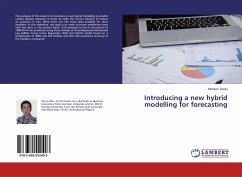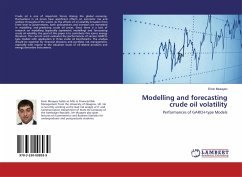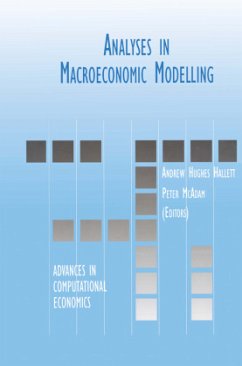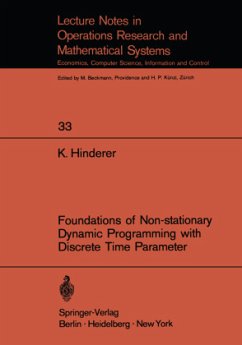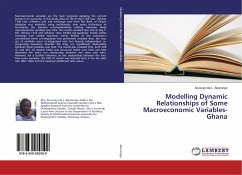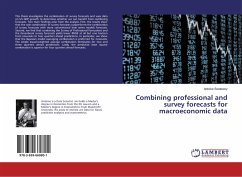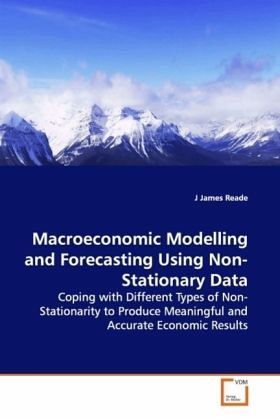
Macroeconomic Modelling and Forecasting Using Non-Stationary Data
Coping with Different Types of Non-Stationarity to Produce Meaningful and Accurate Economic Results
Versandkostenfrei!
Versandfertig in 6-10 Tagen
52,99 €
inkl. MwSt.

PAYBACK Punkte
26 °P sammeln!
Important aspects of macroeconomic modelling andforecasting in the presence of non-stationarity areexamined in this book. Three forms ofnon-stationarity are assessed: explosive,structural-break, and unit root non-stationarity.First, testing for unit-root non-stationarity in thepresence of explosive non-stationarity is considered.Numerical difficulties are circumvented usingapproximations before the finite-sample properties ofthe unit-root test are assessed. Secondly the use ofmodel averaging given non-stationarity isinvestigated. While model averaging can providecompetitive forecasts and param...
Important aspects of macroeconomic modelling and
forecasting in the presence of non-stationarity are
examined in this book. Three forms of
non-stationarity are assessed: explosive,
structural-break, and unit root non-stationarity.
First, testing for unit-root non-stationarity in the
presence of explosive non-stationarity is considered.
Numerical difficulties are circumvented using
approximations before the finite-sample properties of
the unit-root test are assessed. Secondly the use of
model averaging given non-stationarity is
investigated. While model averaging can provide
competitive forecasts and parameter estimates,
selection is required, and often a single selected
model will perform best. Because averaging does not
avoid the need to select, methods of selection are
discussed. Third, regression models in the presence
of unit-root non-stationarity are estimated. Previous
empirical studies of monetary and fiscal policies
have made little reference to non-stationarity. A
cointegrated
vector-autoregressive model is used to combat this
and evidence for policy interactions is found.
forecasting in the presence of non-stationarity are
examined in this book. Three forms of
non-stationarity are assessed: explosive,
structural-break, and unit root non-stationarity.
First, testing for unit-root non-stationarity in the
presence of explosive non-stationarity is considered.
Numerical difficulties are circumvented using
approximations before the finite-sample properties of
the unit-root test are assessed. Secondly the use of
model averaging given non-stationarity is
investigated. While model averaging can provide
competitive forecasts and parameter estimates,
selection is required, and often a single selected
model will perform best. Because averaging does not
avoid the need to select, methods of selection are
discussed. Third, regression models in the presence
of unit-root non-stationarity are estimated. Previous
empirical studies of monetary and fiscal policies
have made little reference to non-stationarity. A
cointegrated
vector-autoregressive model is used to combat this
and evidence for policy interactions is found.



